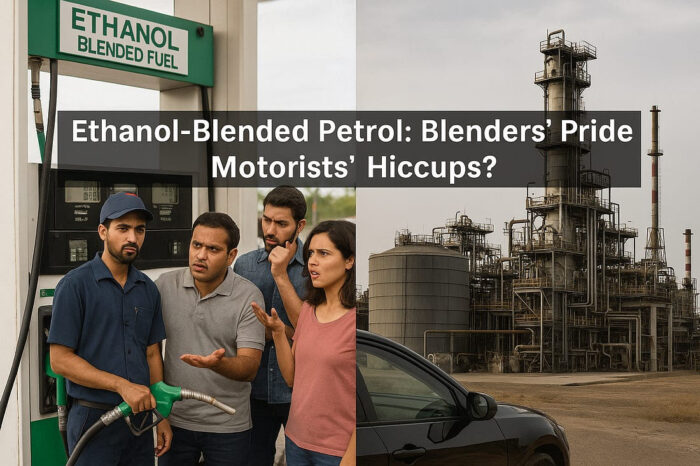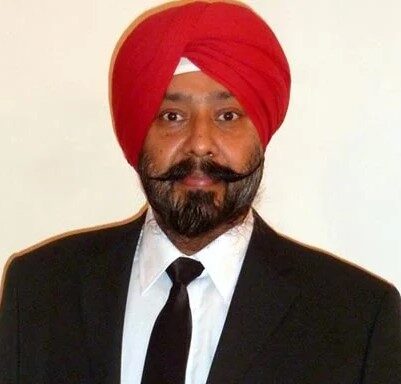 India still imports about 85 % of its crude oil. Replacing part of that petrol with home-grown ethanol saves billions in foreign exchange, lifts farm incomes by creating a stable market for cane and surplus grain, and cuts tail-pipe greenhouse gases as well as toxic aromatics. A fully implemented E20 programme is expected to save roughly US $4 billion a year and avoid nearly 70 million tonnes of carbon dioxide equivalent emissions.
India still imports about 85 % of its crude oil. Replacing part of that petrol with home-grown ethanol saves billions in foreign exchange, lifts farm incomes by creating a stable market for cane and surplus grain, and cuts tail-pipe greenhouse gases as well as toxic aromatics. A fully implemented E20 programme is expected to save roughly US $4 billion a year and avoid nearly 70 million tonnes of carbon dioxide equivalent emissions.
2. How large is the ethanol ecosystem today?
Distillery capacity: 518 crore litres per year in 2018 has expanded to 1,623 crore litres in FY 2023-24 and is on course for about 1,700 crore litres by October 2025; more than 80 % of the incremental capacity belongs to private players.
Supply to oil marketing companies: 672 crore litres were delivered in the 2023-24 ethanol-supply year, raising the national petrol blend to 14.6 %. By late February 2025, 261 crore litres had already been lifted toward an annual E20 requirement of roughly 1,016 crore litres.
Prices and turnover: The government’s administered ex-mill price for molasses-route ethanol rose from ₹56.58 per litre in ESY 2023-24 to ₹57.97 in ESY 2024-25; grain-route ethanol costs ₹4–6 more. Distilleries earned about ₹39,600 crore in FY 2023-24 and are tracking around ₹15,100 crore so far this year.
Regional snapshot: Gujarat alone has commissioned fourteen new plants adding 2,800 kL-per-day capacity at a capital outlay of ₹3,300 crore.
3. What do motorists actually get?
Lower pump price: E20 is typically ₹3–4 a litre cheaper than neat petrol because its feed-stock is agriculture, not imported crude.
Higher octane: With a research octane number around 94-95, E20 better resists knock and can support slightly higher compression ratios.
Cleaner exhaust: Laboratory work shows a 30–35 % cut in benzene and other aromatics and roughly a 40 % reduction in carbon-monoxide emissions versus straight petrol.
Mileage hit: Controlled tests find a 5–6 % drop on two-wheelers, 2–3 % on modern four-wheelers and 6–7 % on pre-2016 cars.
A reality check from the highway — what motorists are actually saying
Out on Indian roads the chatter is far less clinical. Owners of older BS-IV cars and carbureted motorcycles complain that tank-range is down almost a tenth, fuel gauges plunge alarmingly fast, engines feel “flat” in the mid-band, and cold-morning starts need an extra jab of the starter. Drivers mention a faint spirit-like odour …
 Author Credentials:
Author Credentials:
Karan Bir Singh Sidhu, IAS (Retd.), former Special Chief Secretary, Punjab, and MA (Economics) from the University of Manchester, writes at the intersection of fuel efficiency, environmental sustainability, foreign exchange savings, and consumer concerns.